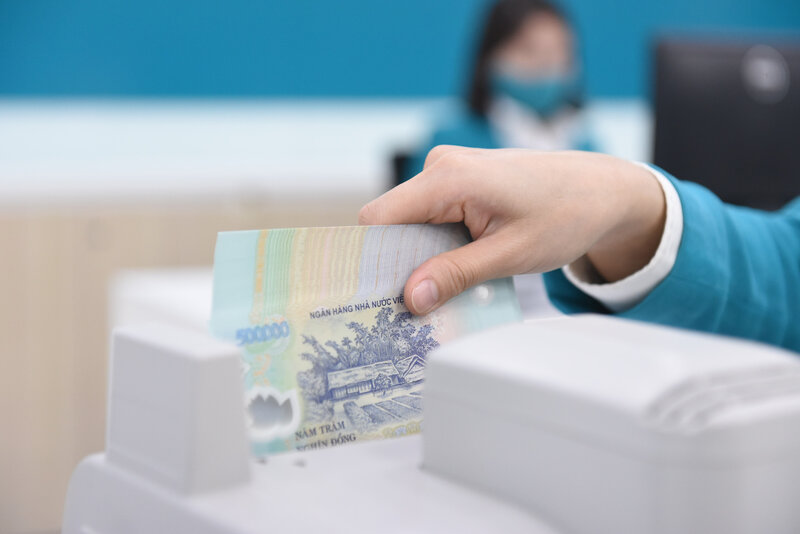Vietnam c.bank’s latest policy rate cut to have limited impacts on economy
The decrease in short-term deposit rates at commercial banks was mainly driven by the excess liquidity when credit growth was slow at only 5.12% year-on-year as of September 22.
The State Bank of Vietnam (SBV)’s latest policy rates cut, its fourth time of the year, is expected to have limited impacts on the economy, according to securities firms.
| The latest policy rates cut is expected to have limited impacts on the economy. |
On September 30, the SBV announced it would slash 0.5 percentage points to the refinancing interest rate, discount interest rate, overnight lending rate, and interest via open market operations (OMO).
Accordingly, the refinancing interest rate is down from 4.5% per annum to 4%, rediscount rate from 3% to 2.5%, overnight interest rate from 5.5% to 5% and interest rate via OMO from 3% to 2.5%.
The SBV also lowered the interest rate cap to 4% annually from 4.25% for deposits with maturities of one month to less than six months.
Meanwhile, the SBV ordered banks to lower the maximum lending rate for short-term loans to 4.5% from 5%, with the aim of helping companies operating in the fields of agriculture, high-tech industries and exports, among others. Similarly, that rate at people’s credit funds and micro finance services is down from 6% to 5.5%.
The deposit rate for maturities of over six months is subject to each credit institution’s decision on the basis of supply – demand.
Bao Viet Securities Company (BVSC) said the liquidity of the banking system since May has remained abundant, forcing inter-bank interest rates to drop to a record low, so banks are not in much need of borrowing money through OMO or rediscounting from the SBV.
This means that reducing lending interest rates through the above-mentioned channels will not have too much effect in reducing interest rates. Meanwhile, for the ceiling deposit interest rate of less than six months, the actual deposit rates of commercial banks of these terms are hovering at 2.5 – 4% per annum, much lower than the new ceiling issued by the SBV which is at 4%.
While the decrease in short-term deposit rates at commercial banks was mainly driven by the excess liquidity when credit growth was alow at 5.12% year-on-year as of September 22, far away from meeting the target of 14% set by the government for this year, room for further rate cut for terms of less than six months is limited.
BVSC expected the move to demonstrate the SBV’s efforts to boost GDP growth in the last quarter of the year.
“In the current context, the easing monetary policy has a relatively limited impact on aggregate demand. Instead, we believe that fiscal policy should play a major role in stimulating the economy,” BVSC asserted.
Sharing the same view, KB Securities Vietnam (KBSV) said the SBV’s move to lower policy rates will be more to provide a clear message to commercial banks for further lowering lending rates than to provide liquidity to the system as it remains abundant for months.
Besides other fiscal support packages, the move, however, follows trend of central banks globally in helping the economy cope with Covid-19’s severe impacts, KBSV added.
As credit growth is expected to recover in the last quarter of the year, given positive results from industrial production and retail growth in September, KBSV expected medium and long-term deposit rates will tend to only decrease marginally by 10 – 20 basis points.












